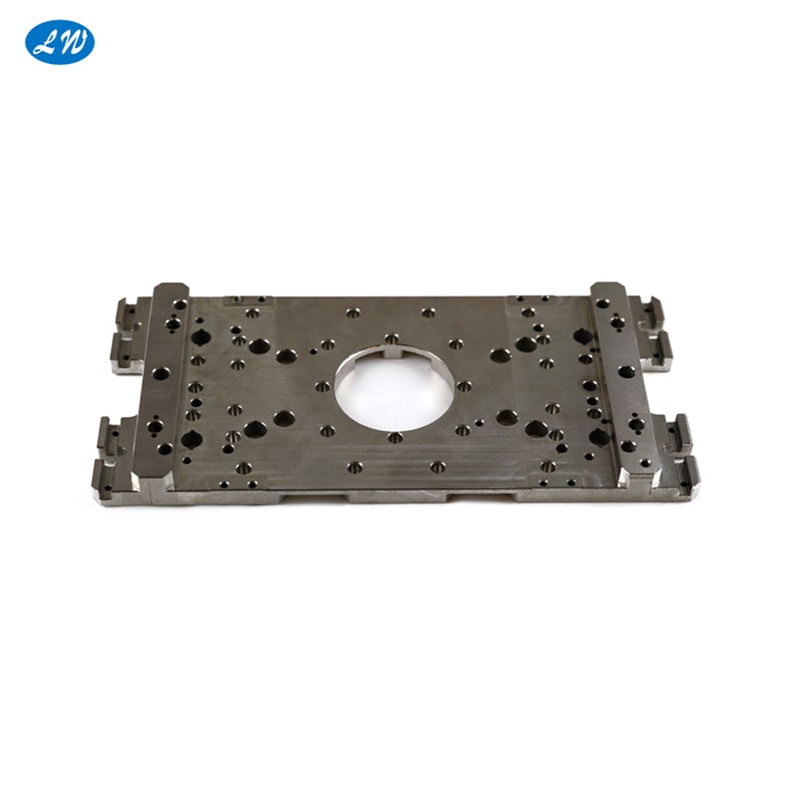Basic Steps In Steel Processing
Steel Machining is an essential component of the production process of steel products. There are differences from Automotive CNC Machining.Steel products come in different shapes, sizes, and forms like beams, bars, sheets, pipes, and tubes. The CNC Machining is an intricate process that involves several steps, from designing and melting to casting, rolling, cutting, and other processes. It requires expertise, high-end equipment, and cutting-edge technology to ensure the quality and precision of the final product.The following are the basic steps involved in the steel processing process:
1. Design and Planning:The first step is the design and planning of the product based on the customer's requirements. The product is then modeled in a computer-aided design (CAD) system, and the specifications are finalized.
2. Melting:The next step is melting. Iron ore and other raw materials are melted in a furnace or a blast furnace to form liquid steel. Other ingredients like scrap metal, lime, and other alloys are added to the melted steel to adjust its composition.
3. Casting:The melted steel is then cast into semi-finished products like slabs, blooms, or billets, depending on the intended product. Casting is done with the help of a caster which can be of different types, including a continuous caster, vertical caster, or horizontal caster.
4. Rolling:In this step, the semi-finished products are rolled into desired shapes like sheets, plates, or beams. The semi-finished products are passed through rolling mills that gradually reduce their thickness and increase their length and width. The rolling process also improves the strength and flexibility of the product.
5. Cutting:The next step is the cutting of the shaped product to the desired size. This is done either manually or with the help of machines like shears, slitters, or plasma cutters.
6. Heat Treatment:Some products require a heat treatment process to improve their physical and chemical properties such as strength and hardness. This process involves heating the product to a specific temperature and then cooling it at a specific rate.
7. Surface Treatment:Finally, the product may undergo surface treatment like galvanization, painting, or coating, to improve protection from corrosion and other environmental factors.



